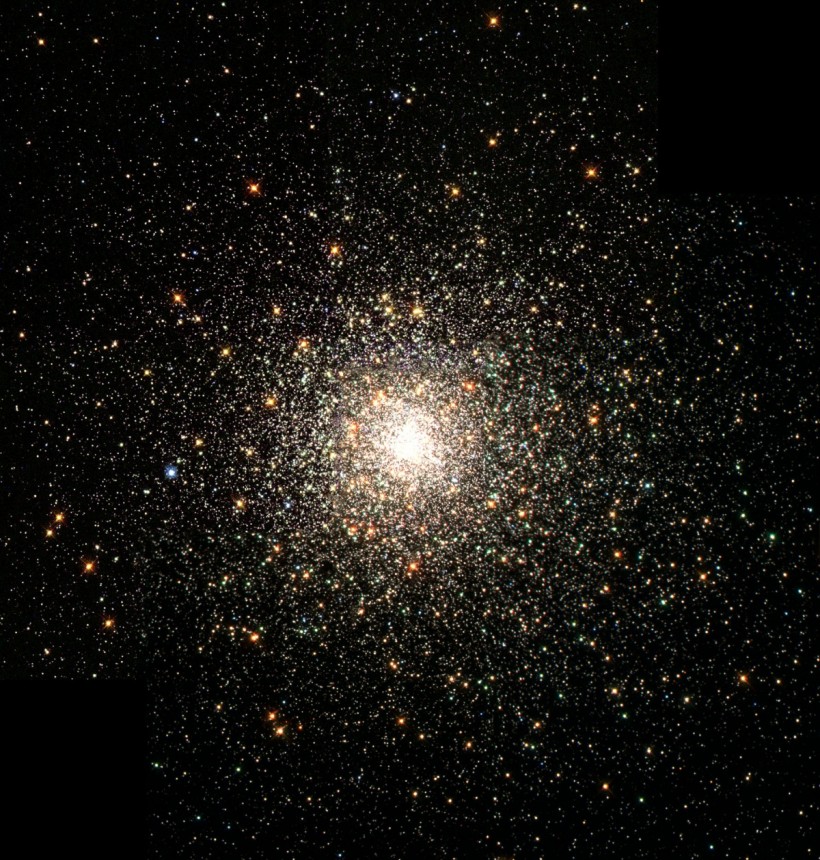Did you know that gold also comes from stars? While the majority of stars are made primarily of hydrogen and helium, they also contain other elements, which astrophysicists call a star's metallicity. The Sun itself has high metallicity since it has 67 elements and 2.5 trillion tons of gold.
But somewhere in the distant space, lies a star that can outshine the Sun. It has 65 elements including gold and is regarded as the "gold standard" of stars.

(Photo : NASA)
The majestic spiral galaxy NGC 4414 as photographed by the Hubble Space Telescope.
"Gold Standard Star"
Astronomers found a bright star along the Milky Way's neighborhood and it is named HD 222925, which is the only star with the most recorded number of elements. They refer to this discovery as the "gold standard star" since it gives them the best opportunity to study how stars generate some of the heaviest elements in the Universe.
This creation of elements is known as the r-process or rapid neutron capture process.
A new study revealed a chemical inventory for HD 222925 of all the elements that the r-process generated. The lead author of the study and astronomer at the University of Michigan said in a press release that the star is a "record for any object beyond the Solar System" and it is unique since it holds the elements found in the bottom two-thirds of the periodic table.
But what's interesting about HD 222295 is that it is a metal-poor star, which means it has high metallicity and contains more elements other than hydrogen and helium, but not with elements that are rich in mass. Hence, the star is just r-process enhanced.
The CS 222892-052 or the Sneden's star, was the first star to be discovered with many elements, particularly it held 53 chemical elements. Astronomers noticed that HD 222295 was much brighter in UV than Sneden and because of this observation they were able to identify 65 different elements in the star.
Read Also: NASA's Hubble Telescope Reveals Dazzling Slice of the Universe called "Little Sombrero"
Supernovae & Kilonovae Explosions
The r-process allows an atomic nucleus to capture neutrons faster than the neutrons can decay or create heavy elements. It begins with elements that are lighter than iron, but if the environment is filled with many neutrons and energy, these light elements can capture neutrons which makes them heavier.
According to Roederer, it is rare to detect a heavy element like gold in stars because the astrophysical sites of the r-process must entail a "very high energy set of conditions" so they can capture neutrons.
Hence, just like the gold, HD 222295 is a rare star,
Neutron star mergers are believed to be a result of kilonova explosions, which is an environment perfect for the r-process. Supernovae explosions of massive stars also serve as ideal environments.
The study said that HD 222295 did not generate the heavy elements it contains, rather it was produced earlier in the universe until it was spread into space by kilonovae and supernovae explosions. Thus, this process gave birth to a star brimming with 65 elements.
Related Article: Invisible Space Walls' "Fifth Force" Discovery Could Solve Cosmology's Greatest Mystery
This article is owned by Tech Times
Written by Joaquin Victor Tacla









